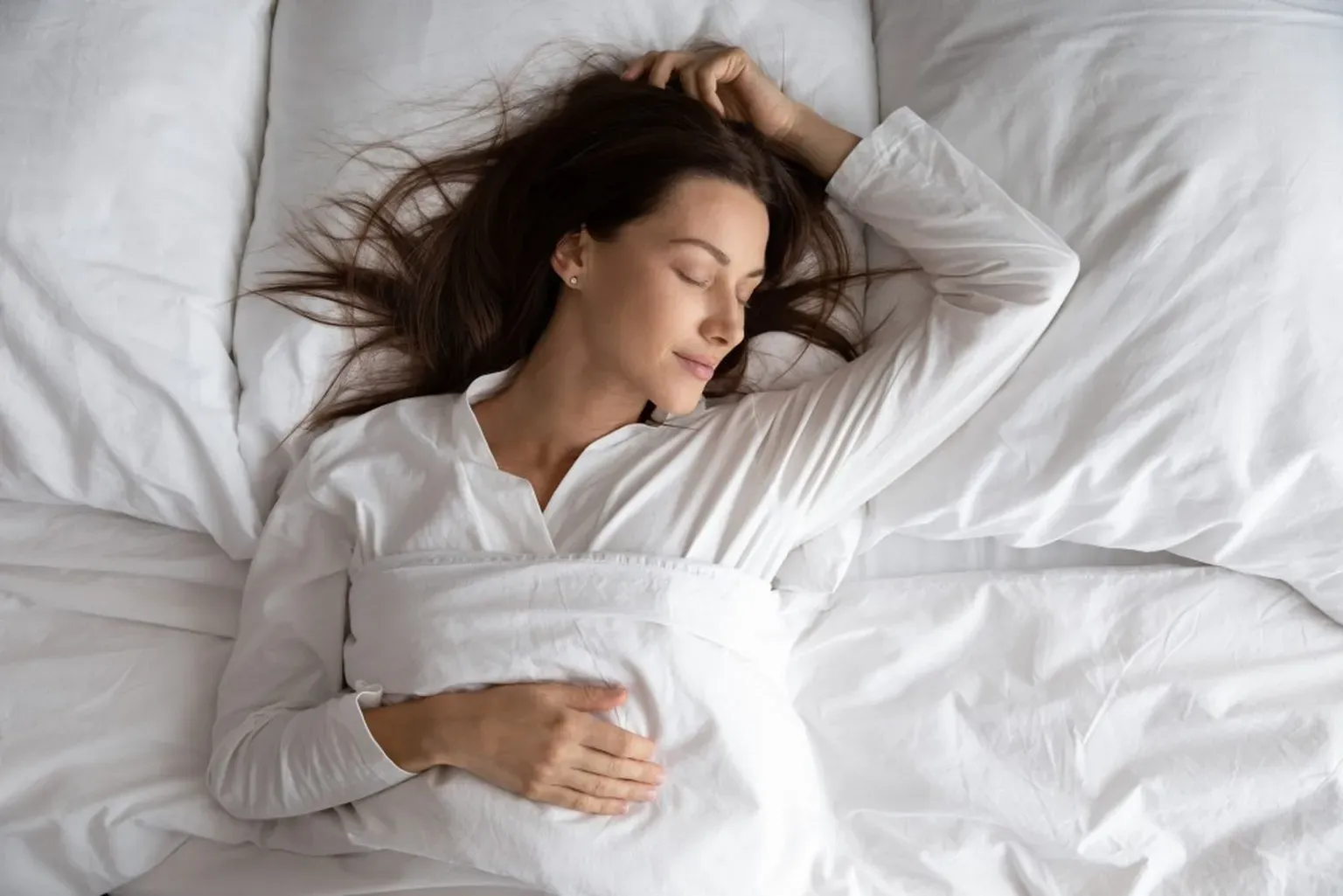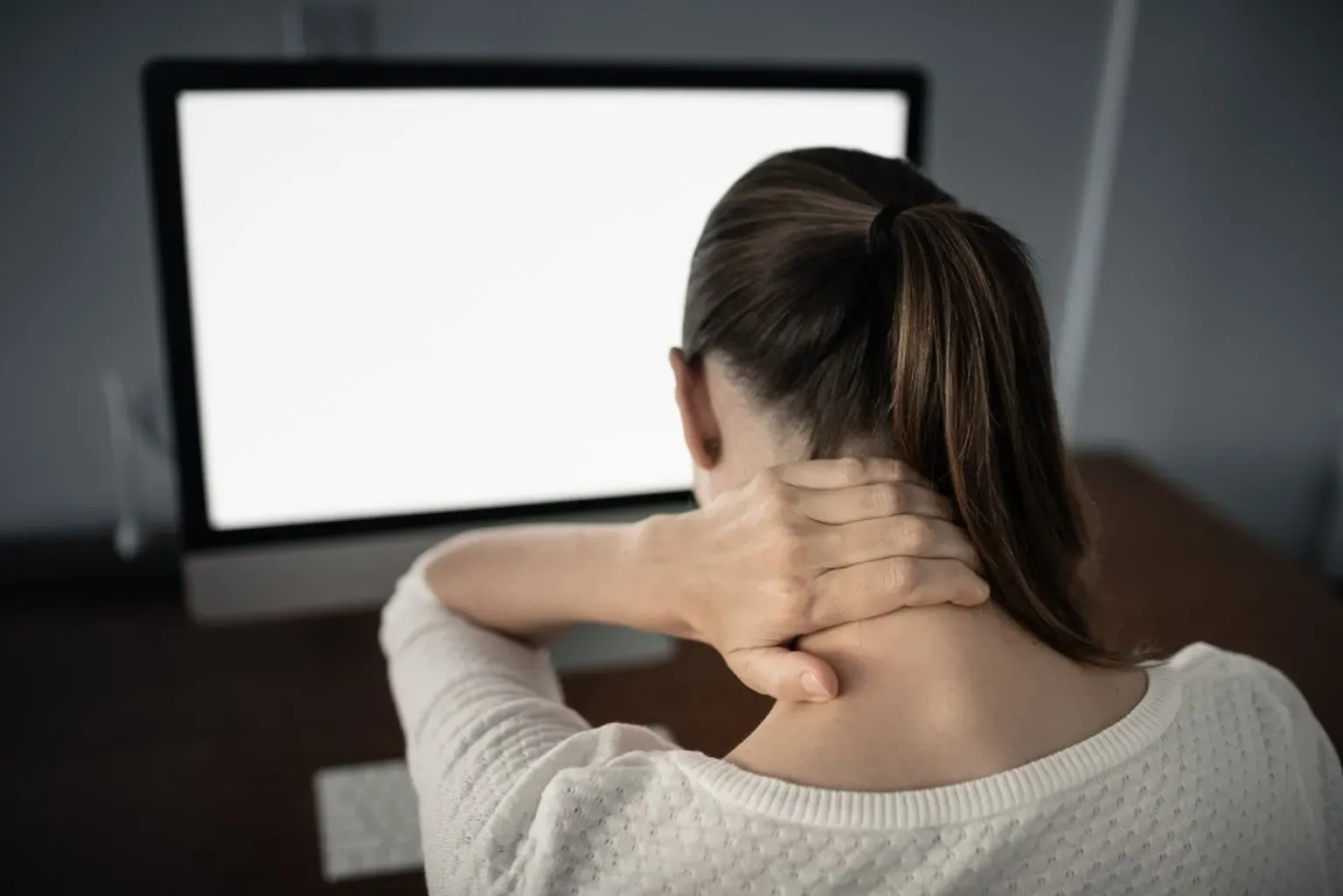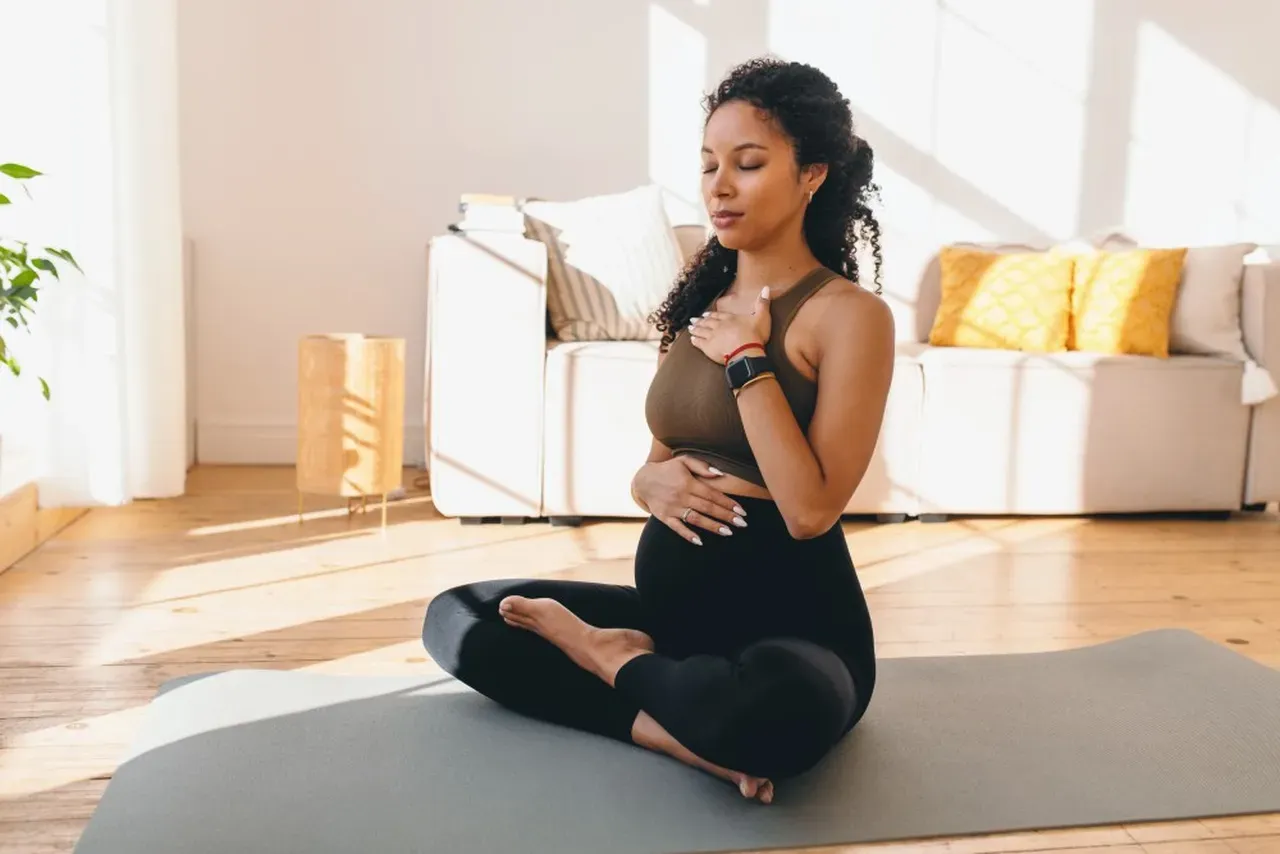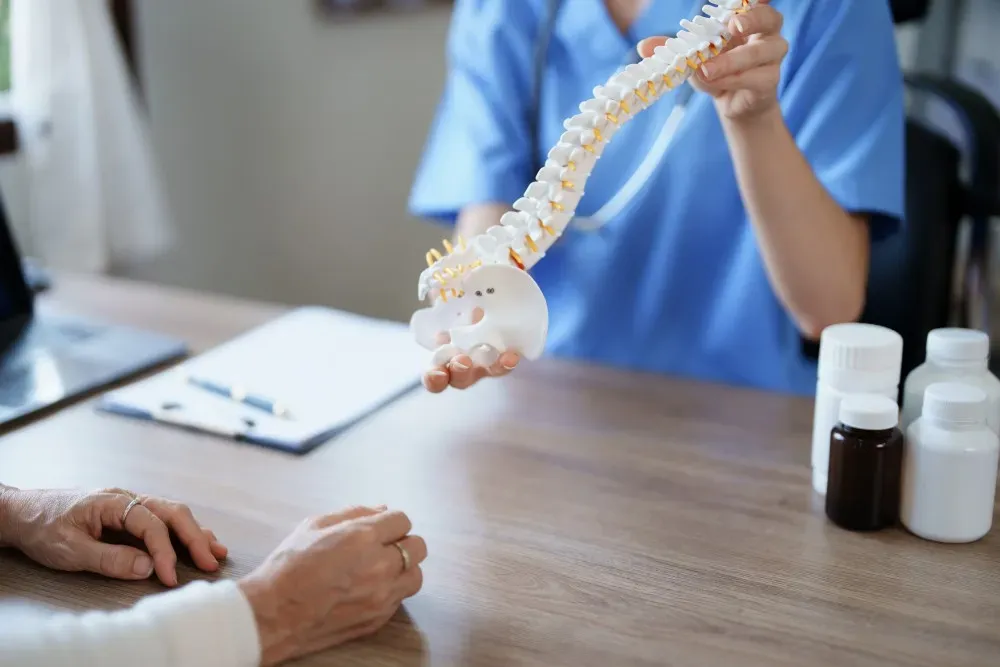Neurosurgery & Orthopedic Surgeons in Jacksonville
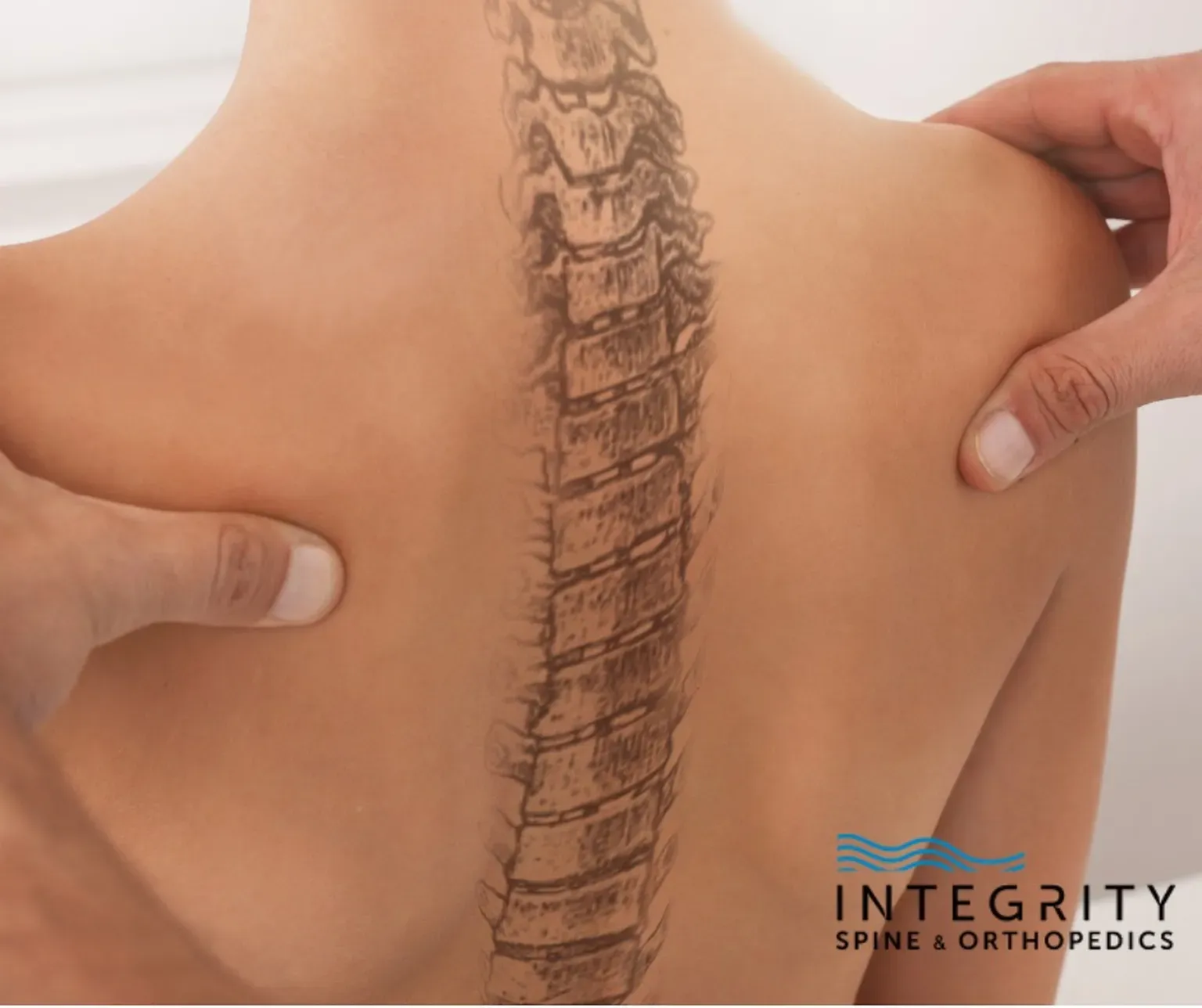
What is Scoliosis?
Scoliosis describes a lateral curve in the spine that is greater than 10 degrees. The backbone can curve in a “C” or “S” shape. This spinal condition is most common in children and adolescents at the age of puberty, but it can develop in people of all ages.
Scoliosis describes a lateral curve in the spine that is greater than 10 degrees. The backbone can curve in a “C” or “S” shape. This spinal condition is most common in children and adolescents at the age of puberty, but it can develop in people of all ages.
For more information about causes, risk factors and how to identify the signs and symptoms of scoliosis, read our comprehensive guide below.
DEFINITION AND CLASSIFICATIONS
Scoliosis is diagnosed when spinal curvature is 10 degrees or greater, and it can range up to severe curvatures that are 50 degrees or greater. Severe cases with curvature greater than 40 degrees often requires surgery to prevent permanent deformity.
Types of scoliosis include:
1.) Idiopathic. Idiopathic means the cause is unknown, and this type of scoliosis accounts for 80% of all cases. The most common subtype of idiopathic scoliosis is adolescent idiopathic scoliosis, which occurs among puberty-aged children between 10-15 years old.
2.) Congenital. Congenital scoliosis occurs when spinal defects are present at birth.
3.) Neuromuscular. Neuromuscular scoliosis occurs secondary to neurological and muscular diseases like muscular dystrophy, cerebral palsy and spina bifida.
4.) Degenerative. Unlike the types listed above, degenerative scoliosis (also called adult onset scoliosis or de novo scoliosis) doesn’t affect children or adolescents. It occurs in older adults and is caused by arthritis, osteoporosis or degenerative disc changes in the lower spine. This type of curvature usually develops slowly over time due to wear and tear on the spine.
PRIMARY RISK FACTORS
Anyone can develop scoliosis, and many times there’s no one identifiable cause for getting it. While the condition is most common among children and teens, older adults with degenerative spinal changes and arthritis are also at higher risk for developing a spinal curve. Other factors that increase risk include:
- Age. Scoliosis often develops in children and teens between the ages of 10-15. It appears during puberty, when children are experiencing multiple growth spurts.
- Gender. Girls and boys have an equal chance of developing a spinal curvature, but girls are more likely to develop severe curves that require treatment or surgery.
- Family history. A family history among a parent, sibling or other close relative is a risk factor.
COMMON SYMPTOMS
Common symptoms of scoliosis affect a person’s physical appearance. Someone with a spine curvature may have:
- Off-center head
- Uneven shoulders
- One shoulder blade that is more prominent than the other one
- Ribs that are more prominent on one side of the body
- An uneven waist
- One hip that is higher than the other one
- A noticeable list to one side
- Uneven leg lengths
Many cases are not painful, but severe curves can cause back pain. The condition can affect a person’s posture and the way their clothes fit. In children, some cases aren’t visibly noticeable until a doctor performs a medical examination.
Degenerative scoliosis is one type of spinal curvature that does cause pain. Older adults with scoliosis often complain of low back pain, leg pain, muscle fatigue and weakness, leg stiffness and numbness.
TREATMENT OPTIONS
Treatment depends on several factors. In many cases, a child’s scoliosis will correct itself as the child continues to grow. However, some curvatures have a higher likelihood of worsening over time. A doctor will take the following factors into consideration before recommending treatment:
- Curve severity. Large spinal curves are more likely to worsen over time.
- Curve pattern. An “S” shaped pattern (called a double curve) is more likely to worsen than a “C” shaped pattern.
- Curve location. Curvatures in the thoracic region of the spine are more likely to worsen than curvatures in the cervical or lumbar regions.
- Bone growth. Children whose bones are still growing require treatment to prevent spinal curvature from worsening.
- Gender. Females are more likely than males to experience more severe cases of scoliosis that require treatment.
Therefore depending on the factors above, there are 3 primary types of treatment a doctor may recommend:
1.) MONITORING. MILD CASES OF SCOLIOSIS REQUIRE NO TREATMENT AND USUALLY CORRECT THEMSELVES WITH GROWTH. REGULAR X-RAYS CAN BE OBTAINED TO ENSURE THE CURVE IS NOT WORSENING OVER TIME. THEREFORE MILD SCOLIOSIS USUALLY DOES NOT LIMIT A PERSON’S ABILITY TO PARTICIPATE IN SPORTS AND OTHER ACTIVITIES.
2.) BRACING. BRACING IS THE MOST EFFECTIVE TREATMENT FOR CHILDREN WHOSE BONES ARE STILL GROWING AND ITS PRIMARY PURPOSE IS TO PREVENT WORSENING OF THE CURVE. MANY TYPES OF BRACES ARE FORM-FITTING AND CAN BE HIDDEN UNDER CLOTHES. THIS TREATMENT WORKS BEST WHEN THE BRACE IS WORN DAY AND NIGHT, ALTHOUGH IT CAN BE TAKEN OFF FOR CERTAIN SPORTING ACTIVITIES. CHILDREN WITH BRACES CAN PARTICIPATE IN MOST SPORTING ACTIVITIES WITHOUT RESTRICTIONS. ONCE BRACING BEGINS, THE BRACE IS WORN UNTIL A CHILD’S BONE GROWTH IS COMPLETE. AFTER THAT, THERE’S LESS OF A RISK THAT CURVATURE WILL WORSEN.
3.) SURGERY. FOR SEVERE CASES OF SCOLIOSIS THAT HAVE A CURVE GREATER THAN 40 DEGREES, SURGERY MAY BE REQUIRED. THE MOST COMMON PROCEDURE IS A SPINAL FUSION.
Some people may also benefit from physical therapy to help improve muscle strength, endurance, flexibility and posture. And some people who experience pain from scoliosis find relief from chiropractic care.
COMPLICATIONS
Severe, worsening cases of spinal curvature can be debilitating and cause significant health problems. Long-term complications include:
- Impaired heart and lung function. Severe cases of scoliosis cause the ribcage to press against the heart and lungs and reduce the amount of space in the chest. With less space, the heart and lungs can’t function properly and may cause difficulty breathing.
- Physical limitations. People with a severe spinal curvature may experience difficulty walking normally and a reduced ability to exercise.
- Chronic pain. Some people develop chronic back pain later in life.
Non-physical complications from scoliosis include anxiety, depression and low self-esteem. Children and teens with a spinal curve may feel self-conscious about the way they look if their bodies appear uneven. Adults can also feel self-conscious about their appearance, as well as frustrated or depressed from physical limitations or chronic pain.
INTEGRITY SPINE AND ORTHOPEDICS TREATS SPINE AND JOINT CONDITIONS
At Integrity Spine and Orthopedics, our board-certified team of doctors specializes in providing care and treatment to patients with a wide range of spine and joint conditions. Our services include general orthopedic care, pain management and minimally invasive spine surgeries. If you’re experiencing pain or loss of mobility due to spine and joint problems, then we may be able to help.
Call us today at 904-456-0017 or fill out a contact form to schedule an appointment. We’re also happy to offer free MRI reviews to qualified patients.
